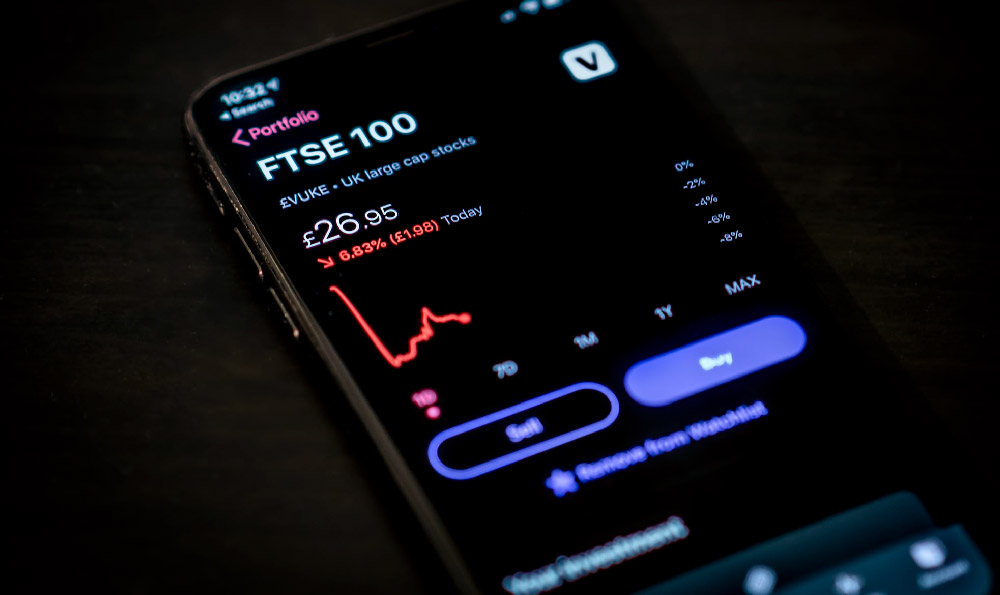Car dealerships have long been a cornerstone of the automotive industry, offering vehicles to consumers while navigating complex financial strategies to maximize profits. While the primary revenue stream comes from selling cars, a significant portion of their earnings is derived from financing arrangements that connect buyers and sellers. This intricate web of financial tools allows dealerships to thrive in a competitive market, often blending traditional methods with modern innovations to create a sustainable business model.
The heart of financing in the automotive sector lies in the relationship between car dealers and financial institutions. Dealerships typically partner with banks, credit unions, or specialized auto finance companies to offer loans to customers. These collaborations are not just transactional; they are strategic. By leveraging their position as intermediaries, dealers can structure financing deals that meet the needs of buyers while ensuring a steady income for themselves. A key element of this process is the interest margin. Dealerships often earn a spread between the interest rate they charge customers and the rate they pay to the lender, creating a revenue source that is independent of the car's sale price. This margin becomes more pronounced in markets with high demand, where buyers are willing to accept higher loan terms.
Another critical aspect is the role of down payments. When customers opt for financing, they are often required to pay a percentage of the car's value upfront, which directly benefits the dealership. This down payment can be a lump sum or split over a fixed period, but its impact on the dealership's profitability is significant. Studies indicate that dealerships with higher down payment requirements tend to see improved financial outcomes, as they reduce the risk of default while securing immediate cash flow. This practice also allows dealers to offer a variety of payment options, catering to different consumer preferences and needs.

The concept of leasing further expands the dealership's financial landscape. Unlike traditional buying, leasing involves a contractual agreement where customers pay monthly fees for the use of a vehicle, rather than purchasing it outright. This method is particularly popular among consumers who prefer to drive a new car without the long-term commitment of ownership. Dealerships capitalize on this trend by offering diverse leasing packages, often tailored to specific consumer segments. The revenue generated from leasing is typically higher than from traditional sales, as the monthly fees are designed to cover the depreciation and financing costs of the vehicle. However, dealers must balance this with their own operational expenses, ensuring that the leasing model remains profitable.
Risk adjustment is another vital component of financing in the automotive industry. Dealerships must assess the risk associated with each financing deal, implementing measures to mitigate potential losses. This includes evaluating the buyer's credit score, employment status, and financial history to determine their eligibility for a loan. High-risk buyers may be offered alternative financing solutions, such as co-signers or government-backed loans, which allow dealers to maintain their profit margins while managing their exposure.
Credit sales represent a unique financial channel for dealerships, particularly in regions where traditional financing may be inaccessible. When customers choose to buy a car on credit, dealerships can profit from the interest charged on the loan, as well as the service fee associated with processing the transaction. This method is particularly effective for customers who may not have a strong credit history, as dealers can offer alternatives that still generate revenue.
Lastly, the dealership's relationship with the financial sector can also include hedge strategies. By leveraging their position, dealers can engage in financial activities that protect them from market fluctuations, such as hedging against currency or interest rate changes. This not only ensures profitability but also stabilizes their business operations in an uncertain economic environment.
In conclusion, the financial strategies employed by car dealerships are multifaceted and crucial to their success. Whether through interest margins, down payments, leasing, risk adjustment, credit sales, or hedge approaches, these methods shape the dealership's profitability while influencing the broader automotive market. As the industry evolves, dealerships that adapt their financial models to changing consumer demands and economic conditions will continue to thrive, ensuring their relevance in the ever-shifting landscape of automotive sales.












